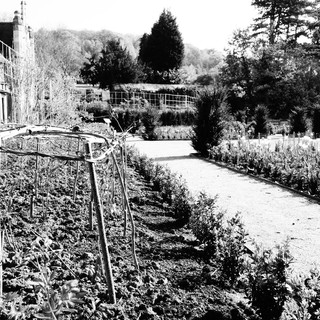BBC,s Wood Norton Hall is alive!
- i62197
- Jun 9, 2016
- 2 min read

The BBC's beautiful Wood Norton Hall has been beautifully restored under the management of a new owner and English Heritage Gardens design team. Wood Norton History The site of a dwelling since medieval times, Wood Norton was once the home of Prince Philippe, Duke of Orléans (1869–1926), the last pretender to the throne of France.Its position – hidden within acres of remote woodland on a hill facing south – made it ideal for official use in the event of war. In early 1939, the BBC bought the site so that it could relocate its operations away from London and other urban centres in the event of hostilities. A number of temporary buildings were quickly erected around the hall to provide an emergency broadcasting centre.After the war, Wood Norton became the home of the BBC Engineering Training Department. During the Cold War it was designated as a broadcasting centre in the event of a nuclear attack. Design features The new design continues with the theme of the Halls French aristocracy routes with new bespoke Versailles style planters framing the Hall’s balcony and pillared entrance.The hall boasts original features taken from the Palace of Versailles. Such as an ornate lamp which over the years had lost glass, been poorly painted.EHG have completly refurbished the lamp. The multiple layers of coloured paint have been sand blasted off revealing the original copper and brass metal work. The metal was then lacquered to prevent it from oxidising. A mould was taken from one of the remaining glass quarter lights and new sections were created. The steel work was sandblasted, zinc coated and painted black. The restored lamp has been re-instated and is now proudly illuminating the front of the hotel again. The Planting Theme and PlanThe formal parterre contains a series of rose beds planted in the traditional style. A wide selection of classic old roses have been combined with the very best of modern shrub roses and hybrid musks.Roses have been selected due to their vigour, fragrance and disease resistance and many for their repeat flowering ability that will give a second flush of flowers late in the season. The longer back borders are more informally planted. Groupings of roses mix with shrubs and perennials to provide interest over an extended period. Catmint, Peonies and Lilies compliment the main rose flush of high summer. Whilst Buddleia, Meadow rue and Anemonies hold interest into late summer and early autumn.































Comments